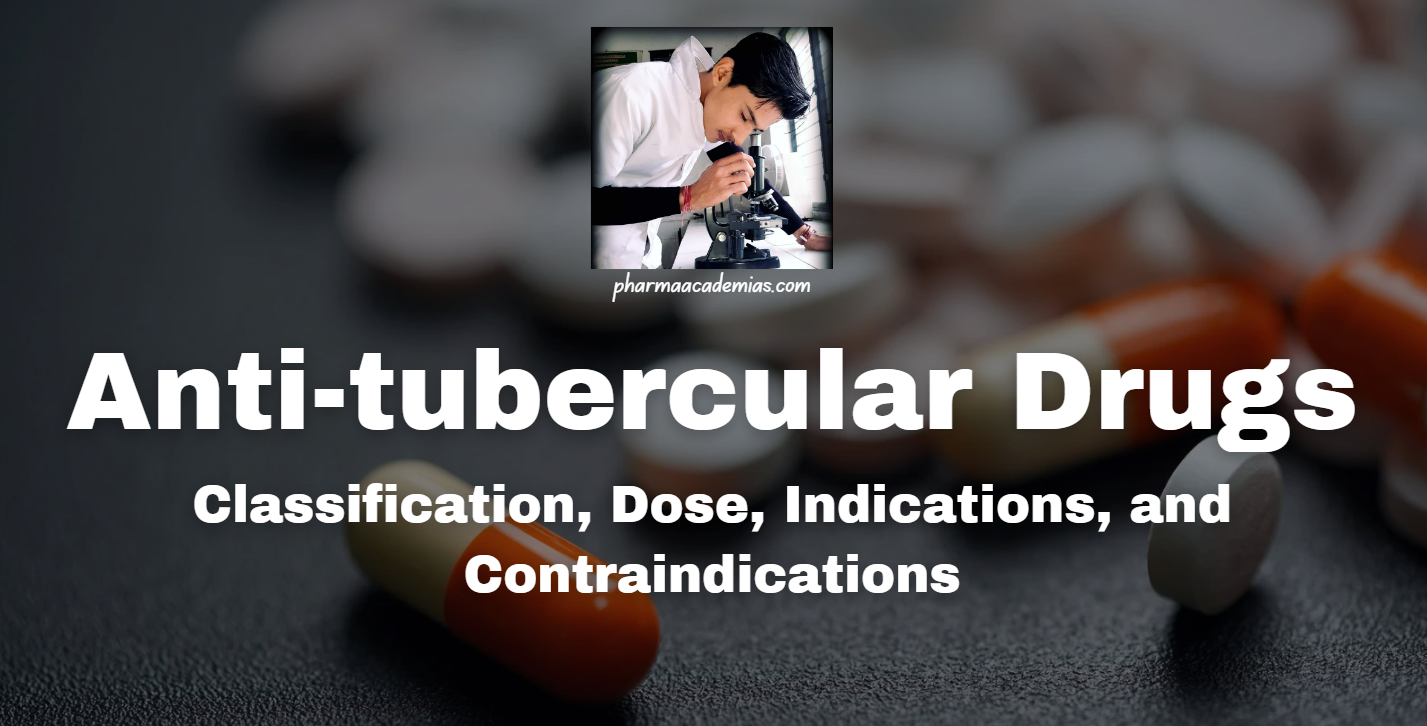Anti-neoplastic Drugs: Classification, Dose, Indications, and Contraindications
Definition: Anti-neoplastic agents, also known as anti-cancer or chemotherapy drugs, are medications used to treat various types of cancer. These drugs work by targeting and destroying cancer cells or inhibiting their growth and proliferation, thereby slowing down or stopping the progression of cancerous tumors. Classification of Anti neoplastic Drugs Anti-neoplastic agents can be classified into … Read more










